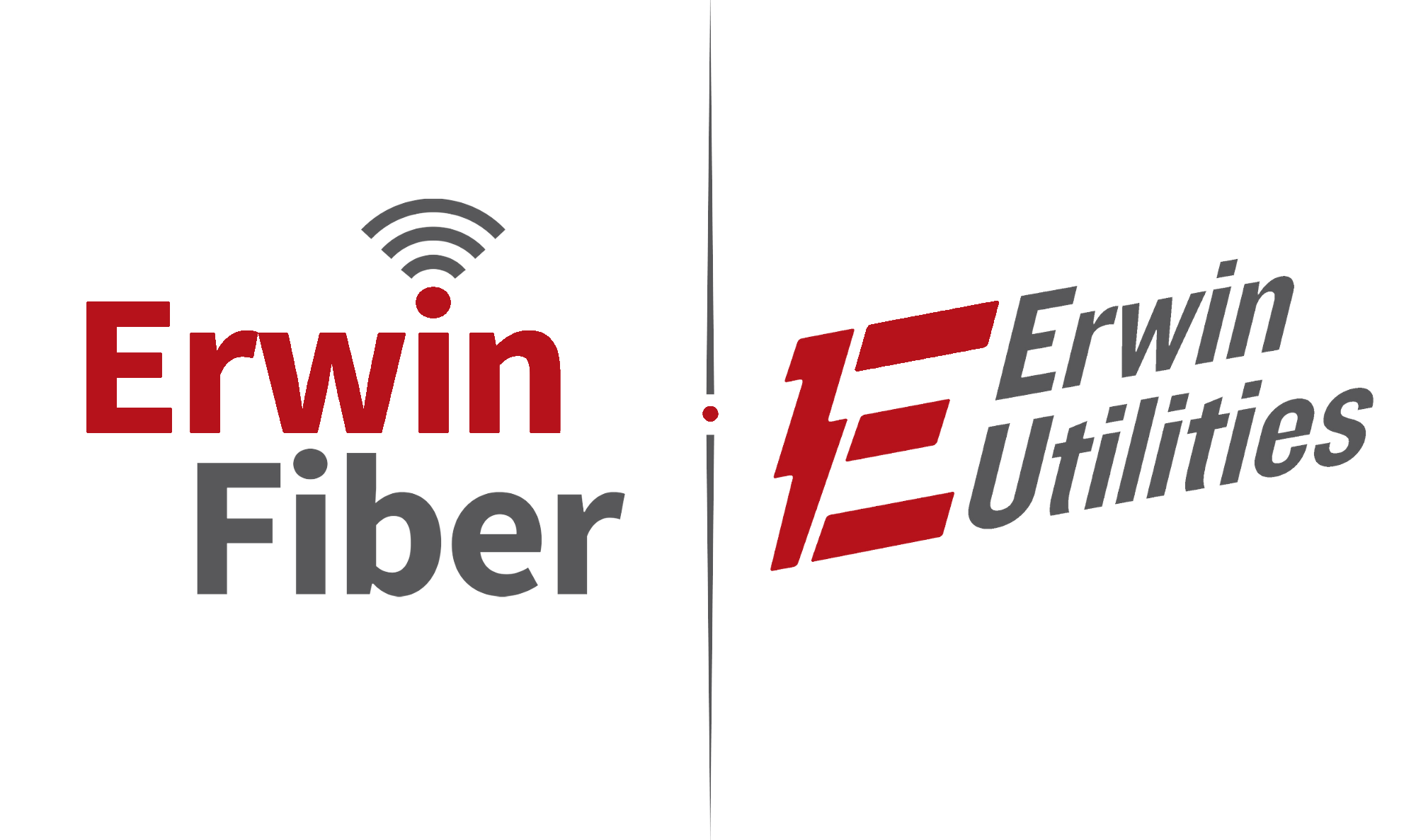There’s a reason moving is considered one of the most stressful life changes people experience. Whether it’s cross country or just down the street, moving — the packing and unpacking, setting up utilities, adjusting finances and more — is filled with unknowns. In a new or new-to-you home, it’s difficult to know how much your utilities will cost. The season, the age of the home and appliances, the new square footage — how they’ll affect your bill and budget is all up in the air that first full year in a new place.
The good news is, there are several low- and no-cost ways to lower your energy bills before the first bill even arrives. We’ve rounded up 12 ways you can reduce your electricity costs while the new paint dries and the boxes get unpacked. Plus, we want you to get the most bang for your buck, so these tips address the biggest energy users in your home — think appliances, heating and cooling, and water heating. Let’s dive in!
Washer, dryer, stove and other household appliances
If you’ve just purchased a home, your new place may not come with any major appliances or it may have less energy efficient appliances than you had before. (But it could also have more energy efficient appliances!) Since household appliances, not including your refrigerator and freezer (more on those in a minute), make up a portion your home’s total electricity use, it’s the perfect time to start practicing some simple, no-cost money saving behaviors! Here are some of our top energy efficiency tips for your washer, dryer, stove and dishwasher.
1. Wash clothes in cold water on the high spin cycle.
Cost to make this change: $0
Your clothes get just as clean using cold water, so give this tip a whirl. When you wash clothing in hot water, you’ll use more electricity as your water heater works to, well, heat your water! Hot water is also harsh on clothes which can mean having to replace clothing more often. Plus, when you set your washing machine to a high spin cycle, your clothes are less wet when it’s time to transfer them to the dryer. And less time in the dryer means less electricity and a lower bill!
2. Match pot and pan sizes to burner sizes.
Cost to make this change: $0
This one quick fix can save a ton of energy in the kitchen. If you’re using a small saucepan, use your smaller burners. Large burners use more energy, and if there’s nothing there to heat, then you’re burning up easy savings.
3. Skip the dry cycle on your dishwasher.
Cost to make this change: $0
Instead of using your dishwasher’s drying feature, opt to let your dishes air dry. Because, let’s be honest, even with the dry cycle, some of your dishes still come out wet! Once your dishwasher is done, crack the door and let evaporation work its magic. (Pro tip: Washing your dishes in the dishwasher, even if it isn’t a full load, is a lot more energy efficient than washing dishes by hand.)
Heating and cooling
Heating and cooling your home accounts a large portion of your total electricity use! If you’re moving into a new-to-you home, you probably received detailed information about your HVAC system during the home inspection. Hopefully it was all good news, but even if there’s more significant (ehem, costly) work to be done to increase your system’s efficiency, that doesn’t mean you can’t still rack up some savings in this hefty energy use category. Small actions can make a big difference.
4. Keep air vents open and unobstructed.
Cost to make this change: $0
Your HVAC system is built to provide the proper amount of heating and cooling for a home your size. So, when you close air vents and registers, your system will still produce and distribute the same amount of heat or cool air, but only now with less places for that air to go. That increased pressure can not only put a real strain on your duct work, but it forces your HVAC system to work harder. If you have floor vents, make sure nothing obstructs their air flow, like furniture, rugs or curtains.
5. Lower the thermostat 7-10 degrees in the winter if you’re gone for 8+ hours.
Cost to make this change: $0
Heading to work for the day or going out of town for the weekend? Anytime you leave the house for an extended period of time, like for eight or more hours, cut the heat back 7-10 degrees before you leave. No need to heat an empty house! In general, we recommend keeping your thermostat at 68 degrees in the winter (even cooler if you’re gone) and 78 degrees during the warmer months.
Try this tip, too: Install a smart thermostat to reduce your heating and cooling costs. Based on your activity at home, a smart thermostat learns to automatically adjust the temperature throughout the day for optimum energy efficiency.
6. Avoid using emergency heat unless it’s a true emergency.
Cost to make this change: $0
We really cannot stress this enough: Emergency heat is only for emergencies! It is not for daily use. A well-functioning heating system will be able to keep up with normal winter temps. But if your primary heat pump goes out, this is the time to switch to emergency heat which kicks on your backup heat pump. Plus, remember this: If you use emergency heat just to heat up cold hands and feet, it’s going to cost you an arm and a leg! Emergency heat costs more than your regular heat.
Water heating
Who doesn’t love a long, hot shower? But how much is that 20-minute spa-like experience going to cost you? Heating water makes up significant amount of your home’s total electricity use, so anywhere you can scale back in this area is going to make a decent-sized impact on your bill.
7. Lower your water heater temperature to 120 degrees.
Cost to make this change: $0
Most households have the temperature of their electric water heater set too high. By lowering your water heater temperature to 120 degrees, not only will you save money on your electricity bill (because you need electricity to make hot water) but you can also avoid the risk of burning yourself with water that is too hot.
8. Take shorter showers.
Cost to make this change: $0
OK, yes, for long shower lovers this might seem impossible. But if you can even scale your shower time back to 10 minutes (five is ideal but we’ll take 10!), this can help reduce the amount of energy required to heat all that hot water. Lower your electricity bill and avoid pruney skin — a win-win!
9. Insulate your water heater.
Cost to make this change: $30-$50
You insulate and trap heat when you put on a coat or wrap yourself in a cozy blanket. It’s the same idea when it comes to your water heater. When you wrap a water heater blanket around a conventional water heater, it insulates it, keeping the internal temperature consistent. That means your water heater doesn’t have to use as much electricity to heat up when it’s shower time. Tankless water heaters typically don’t need an insulating blanket.
Refrigerator, freezer and everything else
Last but not least, we have everything else: the refrigerator, freezer, TV and devices, lights and computers. There are tons of ways to save energy and money on lighting, devices and more (you can find even more tips here), but let’s start with a few simple tips that can make a month-over-month impact.
10. Switch to LED light bulbs.
Cost to make this change: about $5 for a 4-pack
In addition to always turning off the lights when you leave the room, even if it’s just for a minute or two, you can also make a positive impact on your electricity bill by switching to LED light bulbs. No, you don’t have to go out and buy a bunch of new bulbs all at once. But as old bulbs in your home burn out, swap them for LEDs. These bulbs use 75% less energy than regular incandescent bulbs and can last for nearly a decade!
11. Reset your refrigerator temperature to 35-38 degrees.
Cost to make this change: $0
Got 60 seconds? Because that’s about all you’ll need to make this free and effective change. Open your refrigerator, look for the temperature gauge and then adjust the temperature to anywhere between 35 and 38 degrees. This is the most energy efficient temperature to set your fridge while keeping your food safe. When you’re done with that, head over to the freezer and set its temperature to 0-5 degrees.
12. Use a smart power strip.
Cost to make this change: $30-$40
A common energy myth people believe is that if it’s turned off, it’s not using power. But we’re here to bust that myth! Yes, turning off your TV saves more energy than keeping it on all night after you fall asleep. But it’s still using power even when it’s off. We call that kind of energy “vampire energy,” because it’s sucking energy from plugged-in devices which could bump your electricity bill up each month by 10 or more percent.
One way to combat these “vampires,” like your TV, computer, or even your coffee pot and air fryer, is to plug them into a smart power strip. Once a device goes into standby mode, the smart strip registers that shift and can cut off power to the outlet serving that device. And just like that, no more vampires.
Want to save more energy and money around your home?
We want all our customers to be able to save as much energy and money as they can! Find out all the ways your home is using (or losing) energy when you schedule a Home Energy Evaluation with our partners at TVA EnergyRight. From windows and doors to water heaters and air ducts, we’ll show you all the ways you can start improving your home’s energy use so you can enjoy a lower energy bill and more comfort all year long. Plus, you’ll receive an exclusive energy-saving kit and Home Depot gift card mailed to your home.
Sign up for your Home Energy Evaluation today.



